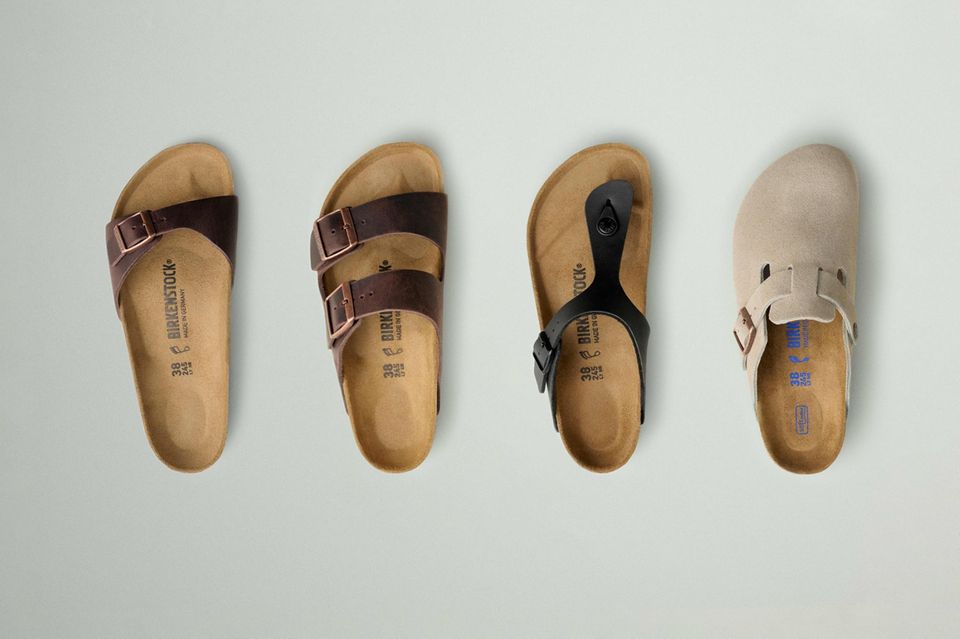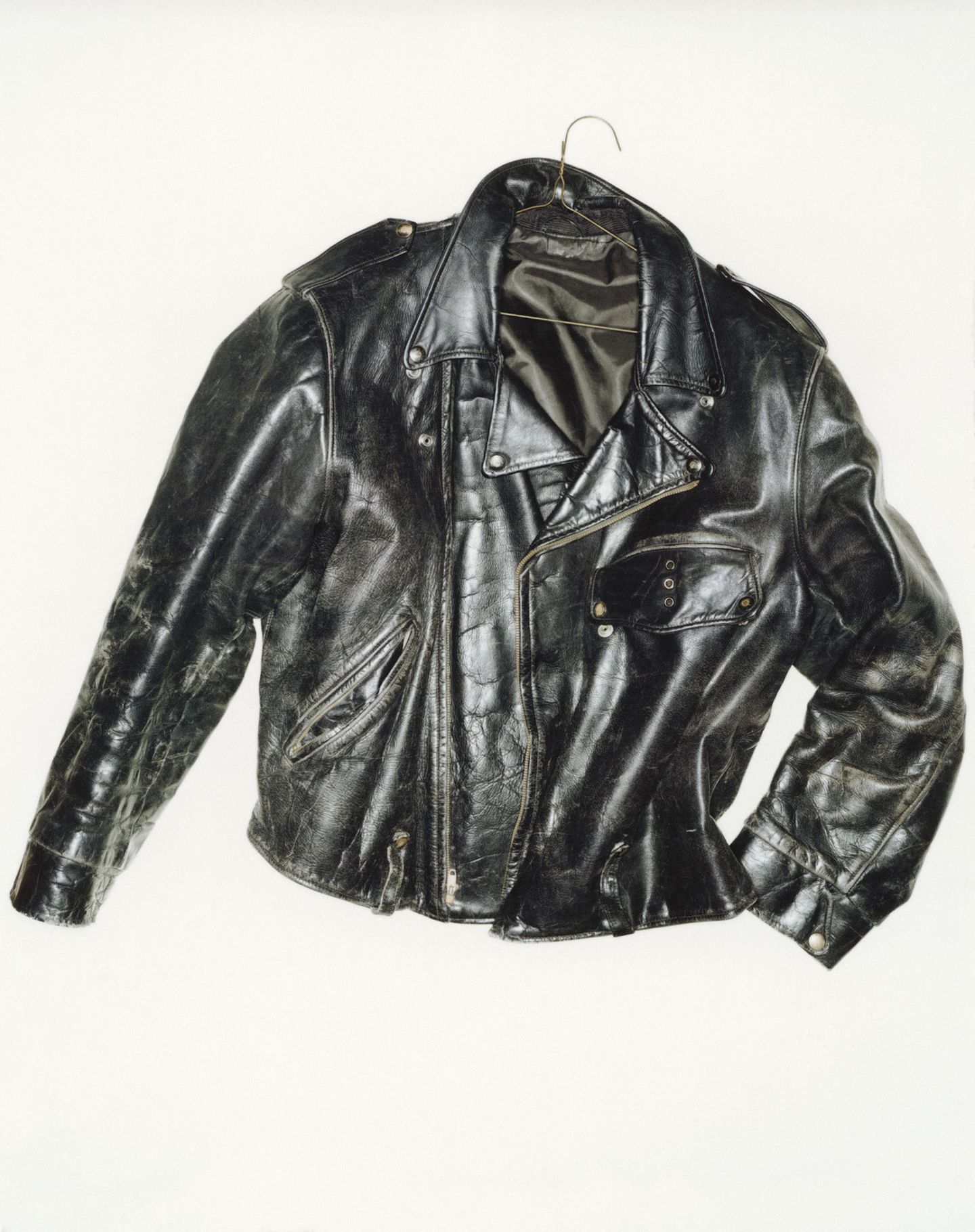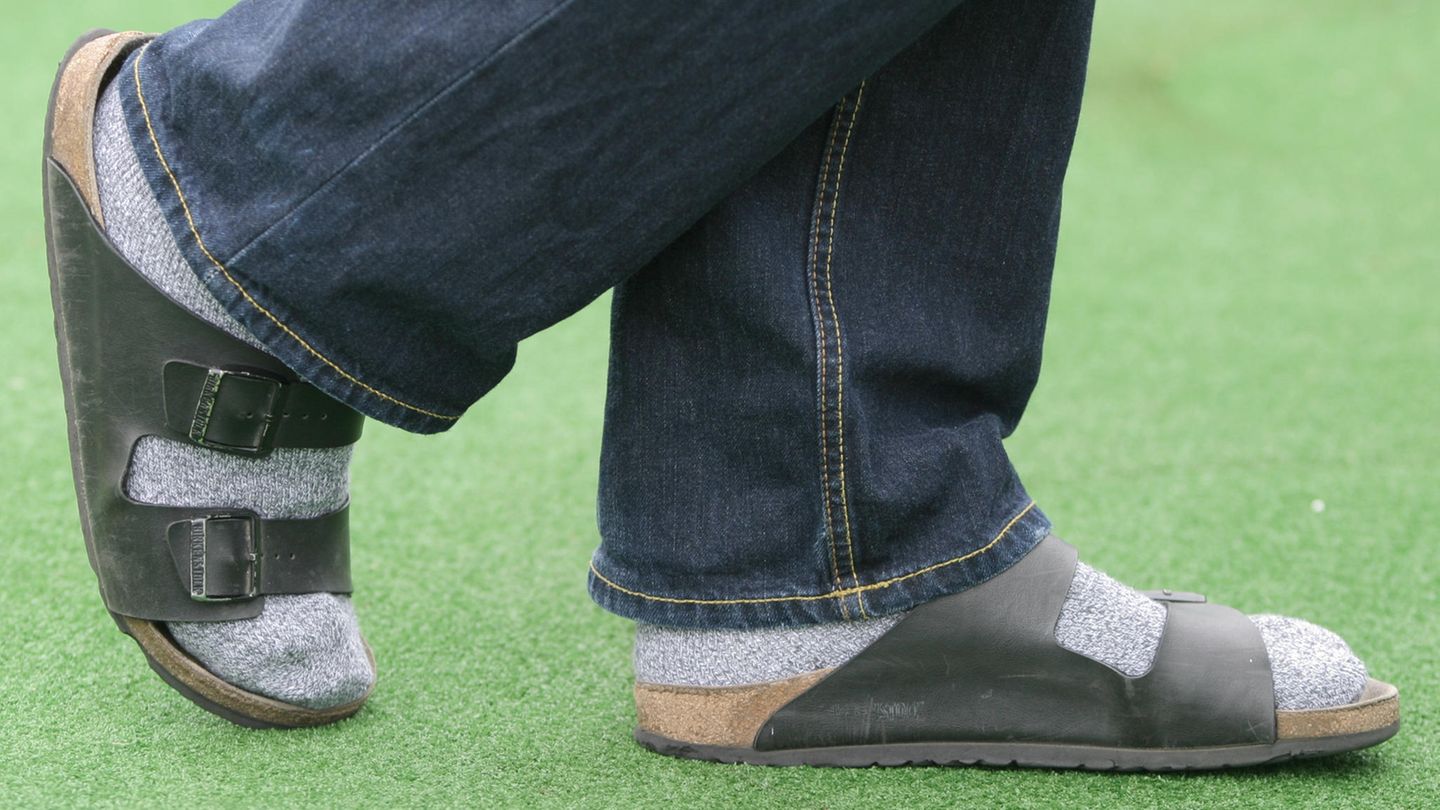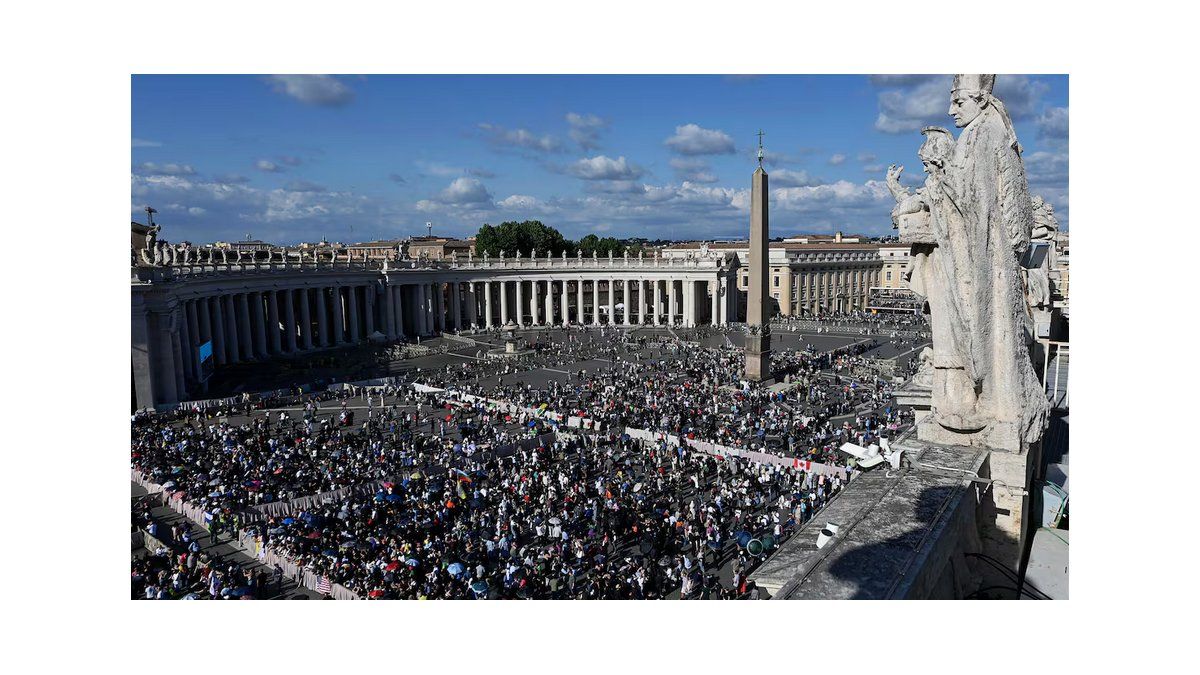Trademark dispute
Are Birkenstock sandals art? Now the court has to decide
Copy the current link
No matter how you feel about Birkenstock sandals, everyone probably knows the design. The BGH is now examining whether the shoes are also works of art.
When the first Birkenstock sandal was introduced in the 1960s, there was initially no idea of the brand’s current success. But decades later, the health sandal has developed into a trendy shoe. According to the fashion company, the sandals are works of art and as such are protected by copyright. The Federal Court of Justice (BGH) in Karlsruhe is now taking a closer look at this.
On Thursday, the First Civil Senate will deal with three lawsuits filed by Birkenstock against competitors. They had sandals on offer that looked very similar to their own models. The shoe manufacturer, headquartered in Linz am Rhein in Rhineland-Palatinate, sees this as a violation of copyright law. Because Birkenstock sandals are works of applied art that should not simply be imitated. Whether the highest German civil court will go along with this will probably only be decided later.
Birkenstock considers its sandals to be works of art
Copyright initially gives the so-called creator of a work exclusive rights to use this object. Third parties are not permitted to reproduce or reproduce it without permission. Unlike patent or design law, for example, copyright serves to protect creative achievements. Written works, films, computer programs and works of fine or applied art are protected by copyright.
The term “Art” In the context of copyright law, it often gives the impression that it is only about art without a purpose – like a painting or a piece of music, says lawyer Konstantin Wegner, who has represented Birkenstock in court for years. “However, it has been recognized in copyright law for decades that even outstanding designs of everyday objects can be protected by copyright.” Courts have already decided this on lamps in the style of the Bauhaus art school, furniture by the architect and designer Le Corbusier and a Porsche model.
Birkenstock also sees its own sandal designs in this tradition. Specifically, there are four models: “Arizona” (the sandal with two wide straps in the 2023 Hollywood film “Barbie” received special mention), “Madrid” (with a strap), “Giza” (with toe separator) and the clog “Boston”. According to the company, it is the classics that consumers typically associate with the brand.

Wegner says that it is both individual elements such as buckles, materials or the strap guide, as well as the combination of these elements, that make the sandal models works of applied art and justify copyright protection. The design by inventor Karl Birkenstock in the Brutalist style was unique when the classics first appeared.
Don’t keep buying new ones: You can invest in these classics
A good leather jacket in your closet is a must © Hans Neleman / Getty Images 
Back
Further
This new approach was met with criticism at the Düsseldorf shoe fair in the 1960s. “At the time, Birkenstock was insulted by other exhibitors as a contrarian”says Steffen Schäffner, Head of Intellectual Property. Because of the difficult start, it is important to the company that others do not simply attach themselves to its success. “We are convinced that Karl Birkenstock has created something that is amenable to copyright protection”said Schäffner.
BGH faces difficult decision
However, the lower courts were divided on this. While the Cologne Regional Court initially recognized the shoe models as works of applied art and upheld the lawsuits, they were later rejected by the Cologne Higher Regional Court following an appeal by the defendant companies. The court ruled that the shoes did not meet the requirements for a work. No artistic achievement could be identified.
The coffee company Tchibo sees things similarly – which no longer only offers coffee. The Hamburg company is one of the three defendants who sold Birkenstock-like models and are now in court. A spokesman explained that the company does not see the level of creation required for copyright in the Birkenstock models.
“According to the case law of the European Court of Justice and the Federal Court of Justice, whether something is protected by copyright as a work is determined by whether the object is an original – i.e. the author’s own intellectual creation”explains Jens Klaus Fusbahn, specialist lawyer for copyright and media law. The personality of the author and his free, creative creative decision must be expressed.
Unlike fine art, applied art faces the challenge of having to fulfill a functional mission, says Fusbahn. For the question of copyright protection, the decisive factor is whether a certain freedom of design was exploited artistically beyond the technical constraints. The Cologne Higher Regional Court denied this in the Birkenstock proceedings due to a lack of sufficient presentation of the creative process and the artistic design decisions made.
This is by no means the first case in which Birkenstock has taken legal action against imitations. In the past, the manufacturer invoked design or competition law. If, according to the BGH, copyright now applies, it would have several advantages for the company. “Copyright is an incredibly long-lasting right because it continues to provide protection 70 years after the author’s death”explains Fusbahn. In addition, in contrast to design law, for example, no formal entry is necessary.
Jacqueline Melcher / DPA / wue
Source: Stern




